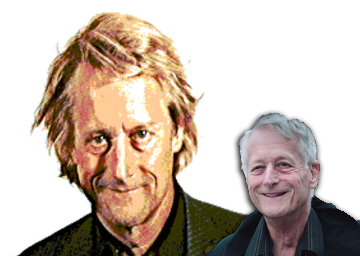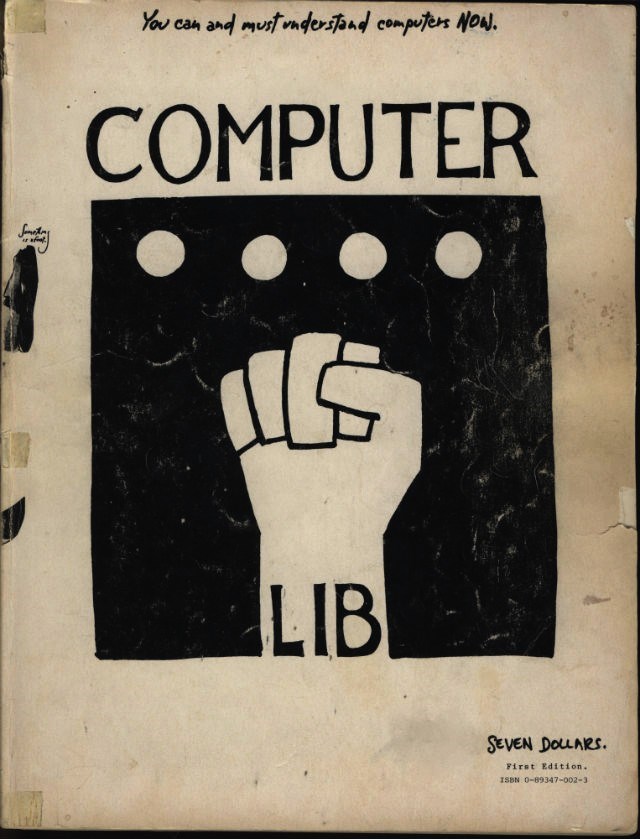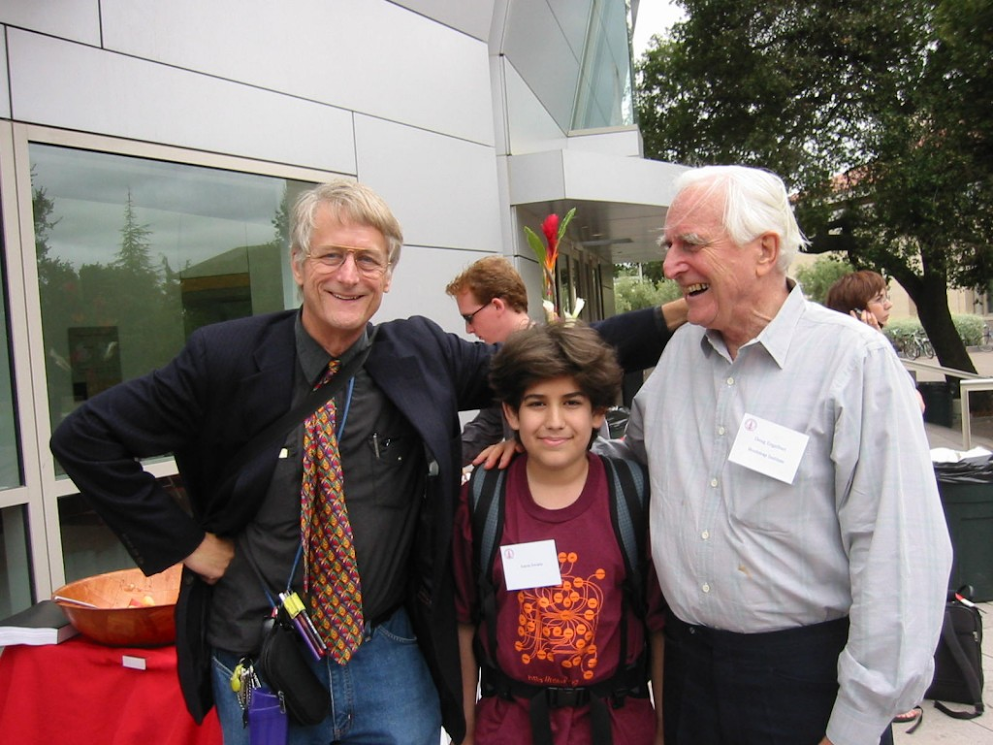


Theodor Holm Nelson, born 1937, calls himself not a techie or a geek, but a “systems humanist,” like Buckminster Fuller.

Ted holds a bachelor’s degree from Swarthmore College, a master’s degree from Harvard University, a PhD from Keio University, and an honorary PhD from Chapman University. He has published eleven books and holds several patents.

Ted is best known for three things —
- inspiring children, young people and computer scientists throughout the world with his ideas, his intense presence, and the books Computer Lib (1974) and Literary Machines (1981);
- coining the word “hypertext”; and
- Project Xanadu®, Ted’s effort to build a global hypertext system before the existence of the Web.

As a graduate student at Harvard (1960-61), Ted took a computer course and soon predicted — on the basis of his movie knowledge and writing experience — that the interactive screen would be the new home of the human race.

At the time of this prediction, none but a handful of people in elite professions had ever seen an interactive screen.

This insight inspired Ted to coin the word “hypertext” and outline his vision of the globally accessible self-publishing network which for decades he would strive to build. He considers the World Wide Web to be a dumbing down or, more charitably, a small subset of his ideas.

Ted continues to work on Project Xanadu with the goal of standardizing a different kind of document with permanent, visible connections. (Jason Scott has proposed the term “Nelson document” for such side-by-side, visibly connected publications, which are possible only on the interactive screen.)

Ted’s other primary invention is a hyperthogonal structure trademarked ZigZag®, a multidimensional, non-hierarchical spreadsheet and application builder.

In 2016, Ted appeared on the big screen in Werner Herzog’s documentary “Lo and Behold,” which elegantly summarizes Ted’s work in four minutes.



























